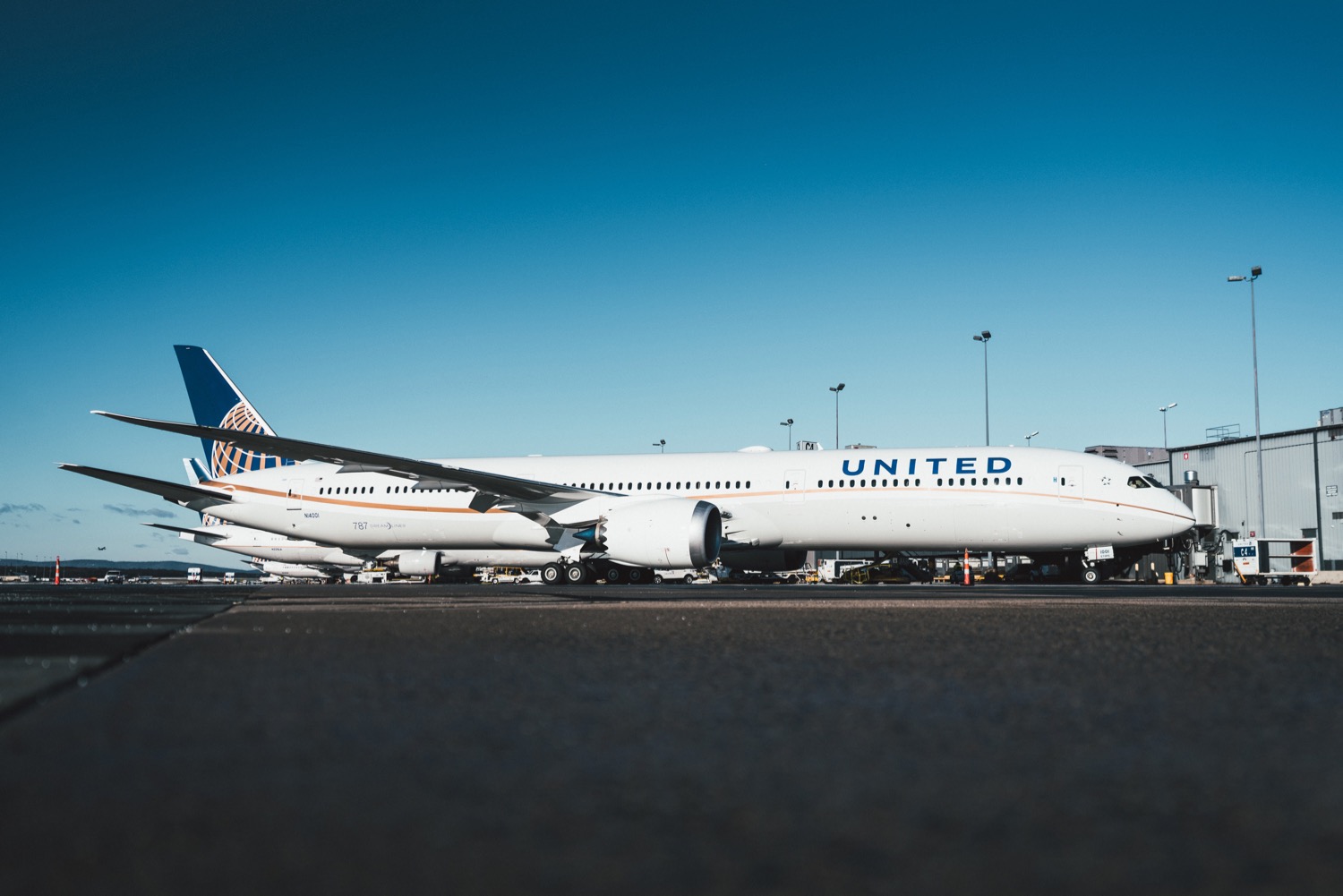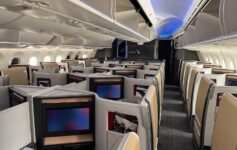
Earlier I wrote about the revenue challenges United is facing during this time. That was not the only issue discussed during yesterday’s virtual “town hall” meeting with employees. United has also identified which aircraft it will retire and in which order if depressed demand continues.
Which Aircraft Will United Retire If Demand Continues To Slump?
To be clear, United currently has not made plans to ground any fleet types.
But if United is forced to reduce its fleet, first to go will be 50-seat regional jets. Incoming United CEO Scott Kirby said:
“My guess the 50 seaters mostly will be gone, by the end of this.”
Those CRJ-200s and Embraer-145s are the most uncomfortable airline types in the United Express fleet. While their retirement will be welcome news, that is conditional upon those smaller cities those aircraft served not losing air service. I’ll take a CRJ-200 over no service at all…
It isn’t clear if the new CRJ-550, also a 50-seat jet, would suffer the same fate.
But that’s not all.
If demand did not recover, United would next retire its fleet of Boeing 757s. United has a mix of 757-200s it uses for premium transcontinental service and some destinations in Europe (all have lie-flat seating in business class) and 757-300s it uses on many hub-to-hub routes and to Hawaii.
Next, 767s would go. Many of them are pushing 30 years old. Many 767-300s have just completed a retrofit to install new Polaris Business Class seats and United has even introduced a premium-heavy configuration it uses on flights to London. Kirby added:
“That’s not an easy decision to make because the 767s in particular have been a great airplane.”
If more retirements were necessary, United would retire its fleet of narrowbody Airbus aircraft, including A319s and A320s. United has also recently upgrade the interior of those aircraft as well. These retirements would be conditional upon the return of the 737 MAX to service, which United is still counting on “at some point”.
A Delicate Balance
Just like with staffing, United is trying to take a “goldilocks” approach of cutting not too little and not too much. If it retires too many aircraft, it will not be in a position to spring back when demand returns. But if it does not cut if the situation warrants, it will simply lose money on idle aircraft.
“We need to be in a position … where we can be the airline that quickly ramps back our capacity back up from 50 percent to 100 percent. If we do that, we can really emerge stronger on the other side, relative to our competitors.”
As Kirby demonstrated at America West and US Airways, he may be well-positioned to do exactly that.
CONCLUSION
It’s sobering to think that United may retire its 757s, 767s, A319s, and A320s. While I certainly hope that does not happen, we now know which cuts will come first.
Oh what a difference a few months makes…
image: United
(H/T: Brian Sumers)




I hope they would cut the 757-300’s they run on the trunk routes between hubs first. You can service those with a 737Max and only lose 40-50 seats. I’d hate to lose the direct 757 service from DEN to every Hawaiian airport and only be left with HNL or connections via SFO 🙁
I’m going to miss those 767’s. From a passenger perspective, they are the most comfortable in the fleet at this point. Wide seats and 2-3-2 seating. The ghetto-bird has been updated tastefully inside and no longer has the 1970’s feel interior. COdbaUA has really done a nice job investing money into upgrading these birds.
Surprised they would ditch the small regional jets first, since that might be the only plane they can fill. I would think the unretrofitted 767s would be first to go, since there’s a market for those to be converted to cargo.
I think it is less about what they can fill and more about what route they would start up first. Most likely the super short haul and small city routes will be the last ones where the demand jumps back up.
I also imagine that there is some labor considerations to take into account as those flight are run by regional subcontractors and so they are easier/cheaper to let go. They will try to minimize main crew loses.
CRJ200 should go anyhow. But I’d rather they cancel their Max orders entirely and refurbish the rest.
I’ll bet they’re leveraging the MAX issues for significant discounts on yet to be delivered airframes. Besides, the older Airbus craft are less fuel efficient than the MAX, represent another type to manage from a maintenance and training standpoint, and there’s a robust secondary market for them.
Standardizing on the MAX is nothing but upside at this point (assuming the issues are fixed).
If a decision is made to cut 50 seaters,,what happens to small cities, the hub and spoke concept and companies United has an interest in,,ie Expressjet??? Sure, why not add to the unemployed….
50 seat aricraft are 25% fo the United fleet. We run 32% of United’s legs and right now , do you think United needs larger or smaller aircraft to run around the USA? All I know is this strategy is insane and will not actually happen. If it does, I know its my job.. but there is no way it will happen and I am not just saying that because that is what I fly.
Kirby and Munoz had no class in the way they announced in on a town hall. Munoz even said there would be smiles all over. If the 50 seaters go…ADIOS to service to well over 100 cities.
What kind of CEO says there will be smiles all around when over 5,000 pilots would lose jobs and over 100 cities would lose service…still hard to comprehend.